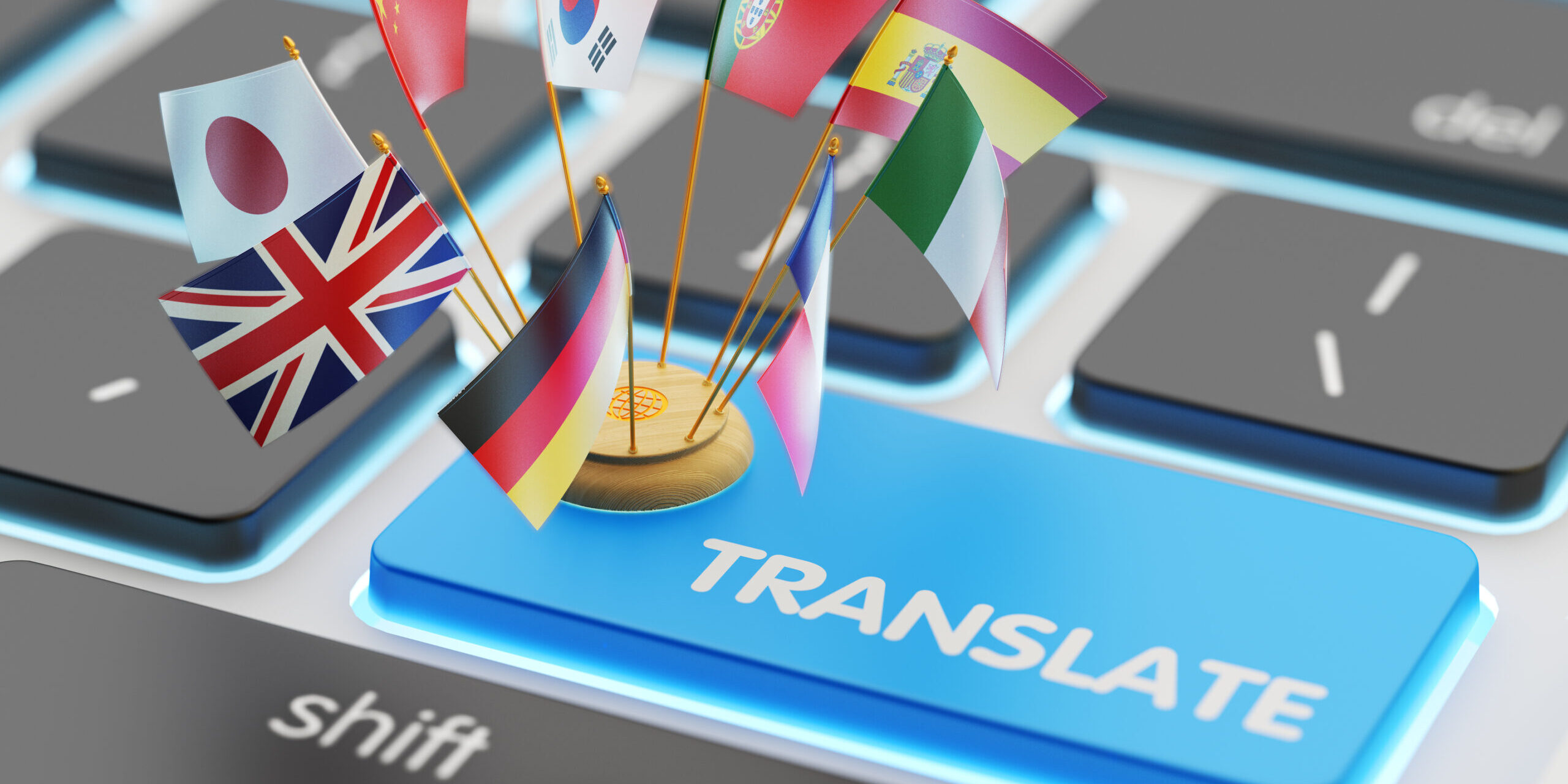In a globalized business environment, patent translation, especially from Chinese to Spanish, presents challenges due to language differences and technical complexity. Computer-Assisted Translation (CAT) tools, through their translation memory (TM) and terminology database (TB) functions, offer significant cost reductions and efficiency improvements for Chinese-Spanish patent translation.
Understanding CAT Tools
CAT tools are software designed to assist human translators by automating repetitive tasks and ensuring terminology consistency, thereby optimizing the translation process. Their core functions include:
· Translation Memory (TM): Stores pairs of source and target language segments, allowing reuse in subsequent projects.
· Terminology Database (TB): Centrally stores domain-specific terminology and their approved translations, ensuring consistency across all documents.
· Other functions: Such as automatic formatting, quality assurance, and real-time collaboration, further enhancing translation efficiency.
In patent translation, CAT tools are particularly important. Patent documents often contain a large amount of repetitive structured content (such as abstracts, backgrounds, claims) and standardized legal terminology, making the utilization rate of translation memory high. Additionally, the grammatical and expressive differences between Chinese and Spanish make terminology consistency crucial. CAT tools, through automated management, significantly improve the quality and efficiency of translation.
Reducing Costs through Translation Memory
Translation memory stores previously translated segments (usually sentences or paragraphs), and when translating new documents, it automatically matches similar or identical text. Based on the degree of matching, translation memory is divided into:
· Exact matches (100% match): Completely identical to previous translations, usually charged at a lower rate (e.g., 30% of full price).
· Fuzzy matches (75-99% similarity): Partially similar to previous translations, requiring minor edits, usually charged at 60-70% of full price.
· No matches: Completely new content, charged at full price.
In patent translation, the proportion of repetitive content is relatively high, especially within the same technical field or patent series of the same company. For example, patents in the electronics or pharmaceutical fields may contain similar background descriptions or claim wording. Studies show that approximately 20-50% of patent document content may be repetitive, providing significant cost-saving potential for translation memory.
Example of Cost Savings
Assume a 10,000-word patent document with a translation rate of $0.10 per word. Without using CAT tools, the total translation cost would be:
[ 10,000 \times 0.10 = 1,000 dollars ]
Using CAT tools, assume 30% are exact matches (charged at 30% rate), 30% are fuzzy matches (charged at 60% rate), and 40% are new words (charged at full price). The cost calculation is as follows:
|
Match Type |
Word Count |
Rate |
Cost |
|
Exact Match |
3,000 |
$0.10 \times 0.3 = $0.03 |
$90 |
|
Fuzzy Match |
3,000 |
$0.10 \times 0.6 = $0.06 |
$180 |
|
New Words |
4,000 |
$0.10 |
$400 |
|
Total |
10,000 |
|
$670 |
Compared to not using CAT tools, savings of $330, or about 33%, are achieved. This savings is particularly significant for long-term projects or patent series, because with each translation, the translation memory expands, increasing the proportion of reusable content.
Ensuring Consistency with Terminology Databases
Terminology databases are crucial in patent translation because patent documents involve technical and legal terminology, and any inconsistency may lead to legal invalidity or misunderstandings. For example, in Chinese-Spanish patent translation, Chinese technical terms (such as "semiconductor") must always be translated to the corresponding Spanish term ("semiconductor"), rather than other synonyms. Terminology databases improve efficiency and quality through the following ways:
· Centralized terminology management: Provides approved translations of terminology, reducing the time translators spend on research.
· Automated prompts: During the translation process, CAT tools automatically prompt the correct terminology translations.
· Quality control: Ensures that terminology is consistent across all documents, reducing the risk of errors.
In Chinese-Spanish patent translation, terminology databases are particularly important because the cultural and grammatical differences between the two languages may lead to complexities in terminology selection. For example, some Chinese legal terms may not have direct correspondences in Spanish, requiring pre-definition and verification. The automated management of terminology databases not only improves translation speed but also reduces costs associated with terminology errors.
Conclusion
Through the strategic use of translation memory and terminology databases, CAT tools provide a powerful solution for Chinese-Spanish patent translation. They not only significantly reduce translation costs but also ensure the high accuracy and consistency required by patent documents. As the demand for global patent protection grows, adopting CAT tools has become a key strategy for enterprises to maintain competitiveness in the international market. By selecting appropriate tools, maintaining translation memory and terminology databases, training translators, and implementing quality control, enterprises can optimize the translation process and achieve a win-win situation in cost-effectiveness and efficiency.
For professional and efficient Chinese-Spanish patent translation services, Artlangs Translation optimizes the translation process with CAT tools, leveraging translation memory and terminology databases to reduce costs and ensure accuracy and consistency. For more information, please contact us!











